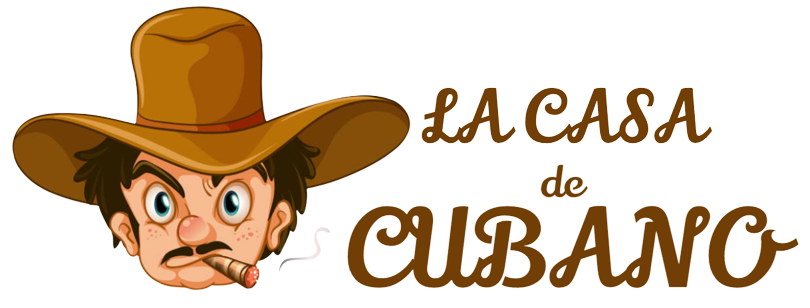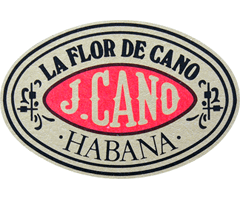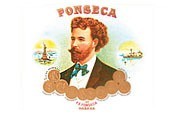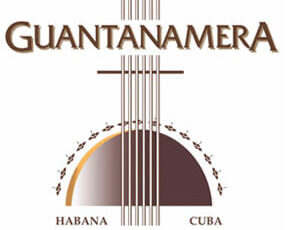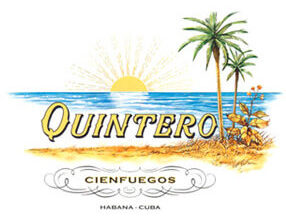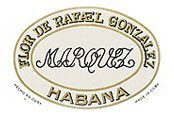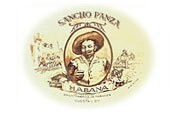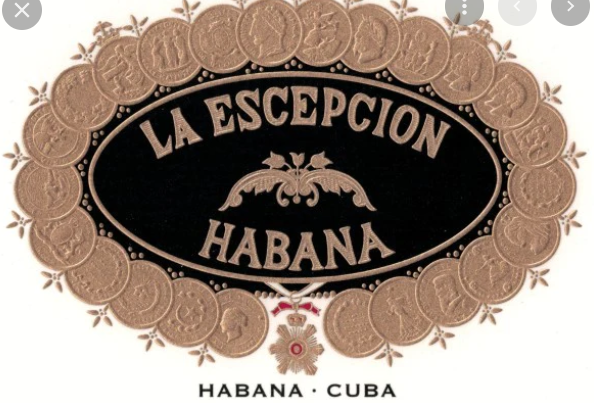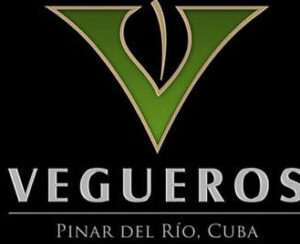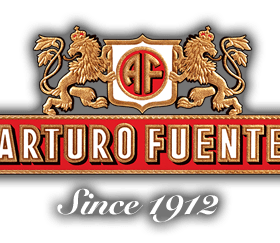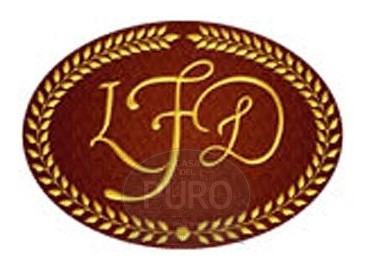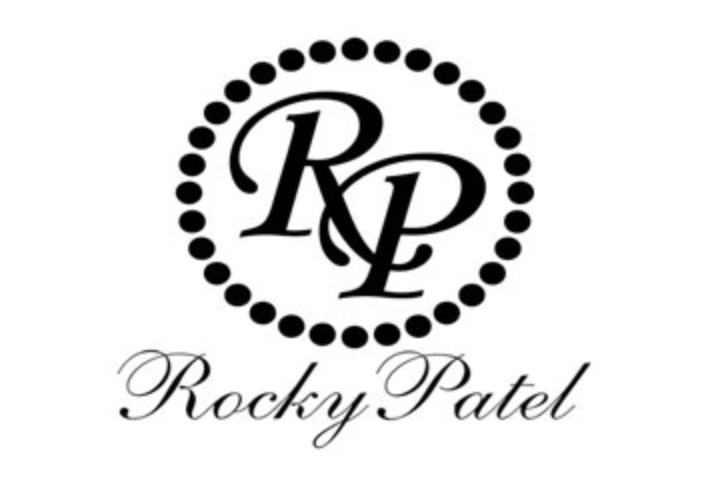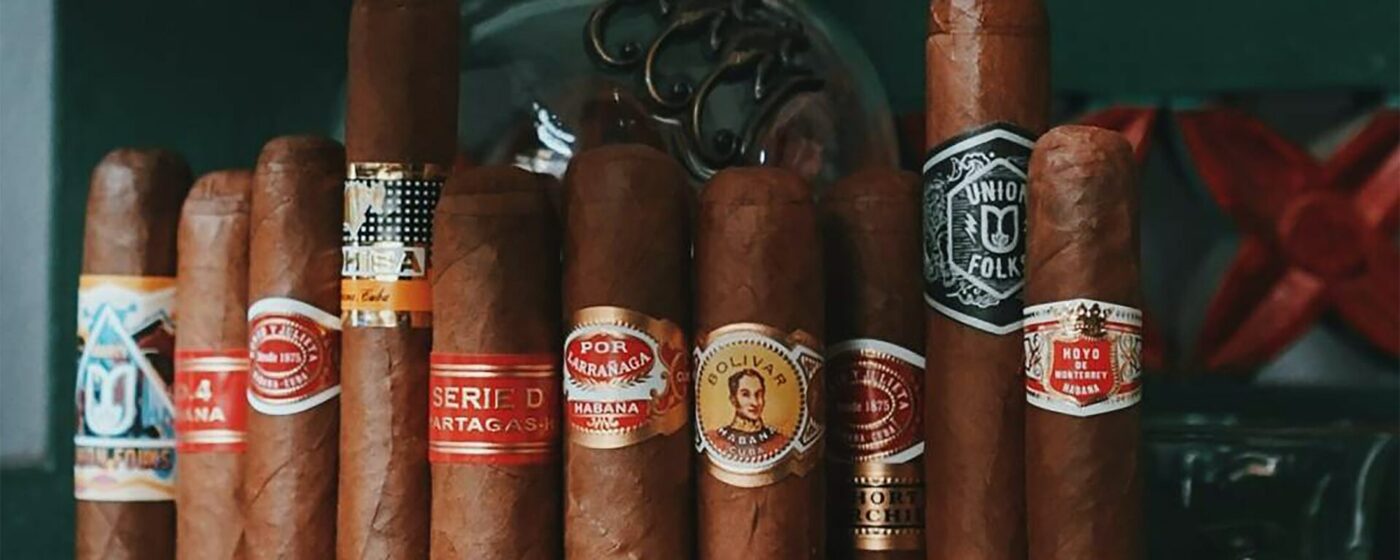Uncategorized
A Legacy of Cuban Brands: Guide to the Classics
Cuban cigars of world-renowned quality under their general name. A true cigar aficionado will dig deeper to understand the intricate unique nature of each brand. This is a guide to the classics. In it, we will give a brief history of the most excellent premium brands available in Cuba. Some of these cigars can only be purchased on site in Cuba. Refer to our Cuba_for_Americans travel guide for more information on a safe and well-cultured trip to Cuba. What makes a Cuban unique The drying process of world-famous Cuban tobacco is where brands are separated. Drying and fermentation of tobacco leaves is a highly refined process, passed down from traditions and family dynasties of cigar makers. Every maker has their own recipe for flavor additives. Honey, sugar, rum, vanilla, pineapple and more are included to the savor.
The brands
Cohibas The immortal favorite of Fidel Castro. The origins of the blend and make aren’t quite as old as the other brands on this list. Cohibas originated under its flagship name in the 60s. Castro’s bodyguard allegedly shared some of his private stash of smokes with the infamous leader. They were a special blend created by Eduardo Ribera, who was a local artisan. Monte Cristo The Count of Monte Cristo is a historically classic novel by Alexander Dumas. It was popular reading material in Cuban factories when it debuted. Alonzo Menendez bought out the Particulares brand in 1935. He and his son Benjamin chose to rename the brand after the Dumas character familiar in the cigar factory culture. The Spanish branded Montecruz was a brand rip off by Menendez. His family had to flee Cuba after Castro nationalized his factory. By changing the logo and varying the name, Menendez struck gold with the brand he’d lost. There were some slight differences with the make as well. Menendez had to opt for Cameroon wrapper to substitute the Havana wrapped he could no longer access. This did not reduce the soaring popularity the brand would proceed to have in the US. Romeo y Julieta Known famously because of James Bond’s enthusiasm (read more about that here) Romeo y Julieta showcase luxury with the romance of their name. The brand was christened after the Shakespearean tragedy in 1875. It was founded by Inocencio Alvarez and Manin Garcia. Originating in Cuba, the brand was forced to move to its current location in the Dominican Republic after a political outbreak. Partagas The cigar near Havana’s heart. The Partagas brand is traditional and well-loved. Its factory is located in the heart of the city. It is well-respected to be a cigar roller in this factory because of the traditional connotations. Don Jaime Partagas y Ravelo immigrated to Havana, Cuba in 1845. He built the original factory where the bled of cigars that wear his name was first christened. The Don had an obsession with creating the perfect blend. He bought a large number of plantations for this purpose. Including the beautiful Vuelta Abajo. In modern times, the company has opened extensions in the Dominican Republic. The classic brand is still produced in Havana. You can read about touring the Havana location in our American’s guide to Cuba. The Cuban classic variation of Partagas is called Habanos S.A. Punch Punch was registered as an official brand by a German living in Cuba during the 1840s. Over its many years in practice, older even than the Don’s famous quest blend, Punch has become a name favorite.
- Upmann
These cigars made their mark on history because President Kennedy loved them. So much so that he stockpiled them before signing that infamously dreadful embargo that separates Americans from their Caribbean cigar heritage blood brother. Well played, Mr. President. Ramon Allones Classic, but not well known. Ramon Allones is a small local brand that originated in 1837. Older than most of the famous names on this list, it was always a small operation. It utilizes the same full-bodied tobacco that makes these other names icons. It may have even paved the way for the obsession that led to its peers.
The culture
Smoke has found its way into Cuba’s soul. The culture of the cigar is spoken over the cigar at its birth, almost like a blessing. Not in the literal sense. Rather, in the sense of the Readers. Origin of Readers The tradition born from 1865. During those days, knowledge and education options were low among the majority of factory workers. A factory selected one of its rollers to read works of literature to the others to improve their knowledge. Cuban cigar factories still have readers. This is a highly esteemed role. Daily he finds magazines, newspapers, and works of literature to enrich the H. Uppman rollers. The Cuban love of rum and cigars combined One other thing the Carribbean is known for? Classic rum. Tales of piracy and entrepreneurial pioneers circle around Carribbean rum par excellence. In the heart of this legendary production district, the Cubans have a refined taste for liquors as well as cigars. They will often pair the two for the best luxury experience available. Cubans traditionally share rum in a community glass. You can read more about Cuban drink sharing in our American aficionado’s guide to Paradise. Notes on parings The culture behind liquors and cigar pairings was refined by the likes of Earnest Hemingway, the famous novelist and Cuban expatriate. He was fond of that one famous bar-The Floridita-which is near to the soul of Havanna. Mojitoes were made here. So was the infamous Cuba Libre that is apparently a subject of controversy in some bars. This is a crash-course pairing guide for the aficionado with culture enrichment at near the heart of their passion. Mojitos with La Gloria Golden Age Mojitos are always better when their ingredients are cold fresh. Mojitos are light and refreshing in that regard. If made with the best ingredients, La Gloria Golden Age is said to couple the best via contrast. There is an earth, wood, leather and spice accent to this full-bodied cigar. Cuba Libre and La Gloria Cubana Cuba Libre is a lime-infused Rum and Coke. The flavor is all sweet and tart together. The La Gloria Cubana, particularly the Series RF, uses rich Nicurageuan fillers that add ligero flavors. These balance and amplify the sweet/tart of Cuba Libre. For the record, La Gloria may also pair well with Scotch and bourbon. Tequila and Cohibas Many love to pair Tequila neat with the aromatic Cohiba. Tequila itself is smooth and stomach relaxing and pair where with the long-time savor that made Cohibas historic so quickly. Havana Cocktail and Olde Penn Another of the fresh ingredients mint-and-lime variations, Havana Cocktail is made with spiced rum,vanilla liquer vodka, and is topped off with ginger. Typically, the rum of choice if Captain Morgan. We’ve seen specialty officials pair these with Olde Penn. Old Penn is made by the Drew Estate Cigar Company. It has a flavor base that contrasts the fresh, fruit and sugar infused Havana. Old Penn typically has accents of pepper, leather, cedar, and toasted nuts. The Old Penn is actually a Nicuraguan cigar but made this list due to the highest of recommendations.
